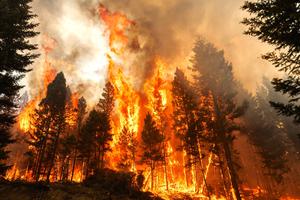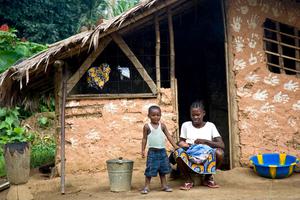The loss of Arctic sea ice could yield more strong El Niños, in which unusually warm ocean waters fuel drought in the western Pacific and heavy rainfall in the eastern Pacific, new research finds.
“Our study, for the first time, finds that large Arctic sea-ice loss directly influences global climate extremes, including an increase in the frequency of strong El Niño events,” Jiping Liu, a climate scientist at the State University of New York at Albany and lead author of the study, said in a statement.
Over the past four decades, summer sea ice has shrunk by around 13 percent per decade in the Arctic, and by 2035, the region will likely be ice-free. To understand how the long-term decline of summer sea ice may impact weather, scientists ran computer models with varying levels of ice. With ice-free summers, strong El Niños grow one-third more frequent. The findings were published in the journal Nature Communications.
“A seasonally ice-free Arctic induces marked changes in the tropical Pacific with an El Niño-like warming pattern,” the paper said. “Strong El Niño events become more frequent, presumably with continued devastating impacts around the globe.”
The last strong El Niño came in 2015 and lasted through early 2016. During that time, drought in Papua New Guinea led to crop failures and food shortages; a lack of clouds over Australia contributed to severe coral bleaching in the Great Barrier Reef; South America saw historic floods amid severe rainfall; and a rise in extreme weather more broadly triggered disease outbreaks around the world.
ALSO ON YALE E360
Alien Waters: Neighboring Seas Are Flowing into a Warming Arctic Ocean




